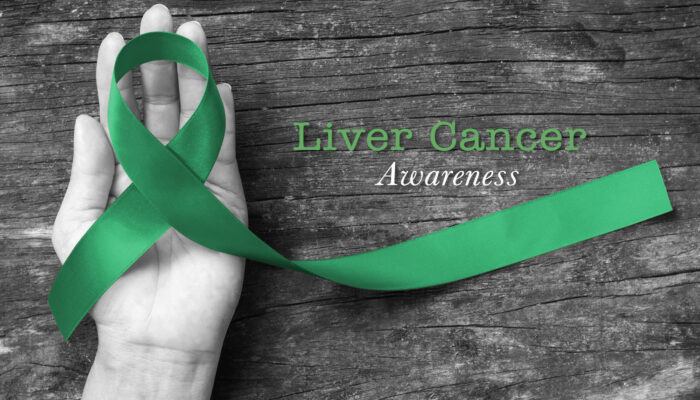
Know the causes of deep vein thrombosis
Deep vein thrombosis (DVT) is a medical condition caused by the formation of a blood clot in a deep blood vessel, mostly in the lower leg, thighs and around the waist and also the hands. DVT can occur in people across ages and is a high-risk medical condition if ignored. It is most common among people above the age of 55, but rare among children. However, if diagnosed in an early stage, it can be treated easily and is also preventable.
It is caused when the normal flow of blood is affected or changed. Women have a greater chance of developing DVT during pregnancy or due to intake of hormones during the use of contraceptives. DVT occurs in people with high-risk factors like injuries and fractures in the limbs, recent surgeries performed in the arms and legs and waist. People whose movements have been restricted for a long time owing to being bed-ridden following major injuries affecting their mobility come under the high-risk category.
DVT can also occur in people with a sedentary lifestyle, who spend long hours of their work in a single position – for instance, people work in clerical positions or desk jobs. Related health complications like a stroke can cause DVT among people along with problems like cancer, heart and lung ailments, overweight and obesity. The presence of a catheter in a central blood vessel and certain bowel disorders can cause DVT among people.
Another set of people who are vulnerable to DVT would be long-term diabetic patients who are already suffering from nerve damage issues and have movement restriction. This can be often seen in those who also go through dialysis where the added strain on their body could expose themselves to DVT.
However, a majority of DVT incidences occur when people are hospitalized and during surgeries. People who are forced to take long spells of rest and are bed-ridden or are recuperating after successful surgery for a major ailment are more prone to develop a DVT. People who have very little physical activity and spend extended hours of work in the same position can also develop it. DVT is recorded to occur more among people with a family history.
Sadly, there are no symptoms to clearly establish that people can suffer from DVT. However, the commonly associated signs that indicate DVT are the presence of swelling, redness of the skin and acute pain in the area affected by it. Approaching a physician at the appearance of such symptoms is best advised to establish if a person has DVT or not. In the country, DVT is among other factors leading to the death of about 100,000 people annually due to venous thromboembolism, according to health reports of the federal government.
People should have a consultation with their family physicians about all the possible risk factors that can contribute to the development of a blood clot. This includes their family history, personal trauma, age-related health complications and hospitalization for surgeries.



